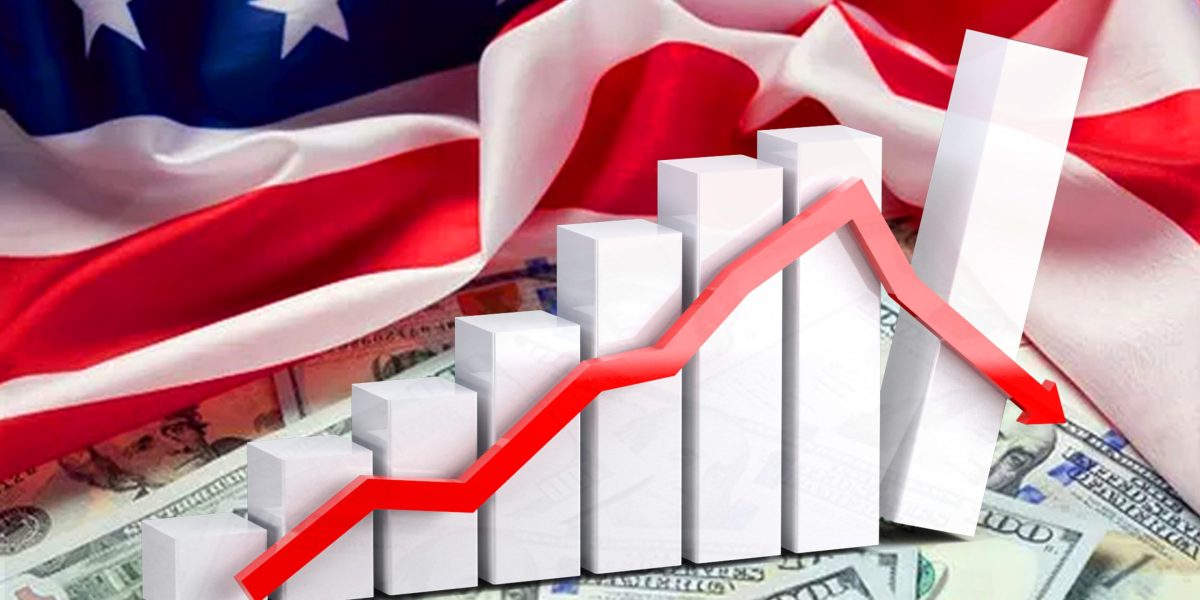
Even if the U.S. avoids some of the worst-case scenarios, ballooning debt and the cost of servicing it could eventually slow economic growth and make the burden unsustainable, according to a former International Monetary Fund official.
Debt held by the public, or the amount the U.S. owes to outside lenders after borrowing on financial markets, is already at about 100% of GDP, and forecasts from the Congressional Budget Office show that ratio will climb to 116% in 2034, 139% in 2044, and 166% in 2054.
While those levels look alarming, Japan’s enormous debt demonstrates that an advanced economy that borrows in its own currency—like the U.S.—can manage its red ink, wrote Barry Eichengreen, who previously served as a senior policy adviser at the IMF and is now a professor of economics and political science at UC Berkeley.
While the U.S. enjoys the advantages of dollar dominance, deep financial markets, and Federal Reserve support for Treasuries, an institutional breakdown remains a threat, he wrote in an op-ed in Project Syndicate on Tuesday.
For example, he pointed to other commentators who have warned on the risk that the U.S. defaults on its debt under another Trump administration. But that’s not the only threat.
“Even absent this dire scenario, meeting additional interest obligations as the debt ratio rises could require the federal government to cut discretionary spending, with negative implications for economic growth,” Eichengreen warned.
The U.S. must keep up with interest payments and maturing Treasury bonds, with the cost of servicing all that debt expected to exceed defense spending this year.
The spike in bond yields since the Federal Reserve began aggressively raising rates in 2022 have boosted interest costs. Even Treasury Secretary Janet Yellen acknowledged in May that the outlook for higher rates over the long term will make it harder to keep deficits and debt expenses under control.
As those expenses continue rising, the U.S. will either borrow more to pay up and add to its debt burden or cut spending on initiatives like the Biden administration’s CHIPS Act and the Inflation Reduction Act, Eichengreen said.
“But if the cuts fall on public investment in semiconductors, quantum computing, clean energy, and education, as seems likely, then the negative growth effects could be substantial,” he said. “And sharply slower growth would throw debt sustainability into doubt.”
The warning comes a week after Nobel laureate Paul Krugman downplayed concerns about the U.S. debt, saying there is a relatively easy way to stabilize the debt-to-GDP ratio.
He highlighted a recent study from the left-leaning Center for American Progress that estimates the U.S. needs to hike taxes or reduce spending by 2.1% of GDP to achieve that.
“Given the political will, we could resolve debt concerns quite easily,” he wrote a New York Times op-ed. “To the extent that debt is a problem, that’s a reflection of political dysfunction, mainly the radicalization of the G.O.P. That radicalization deeply worries me for several reasons, starting with the fate of democracy, and federal debt is nowhere near the top of the list.”



